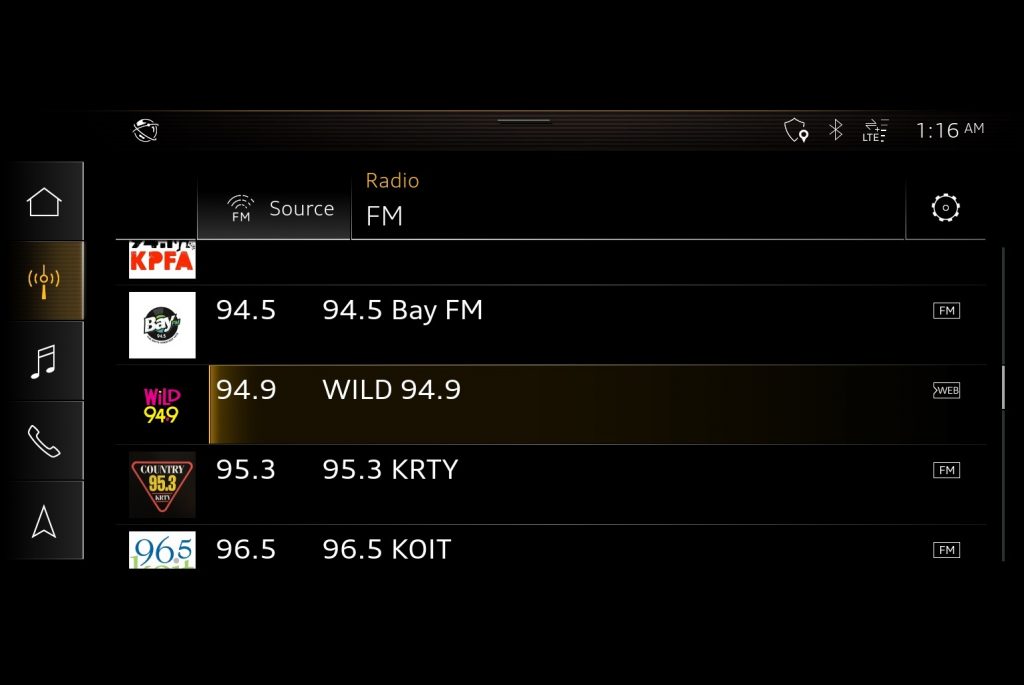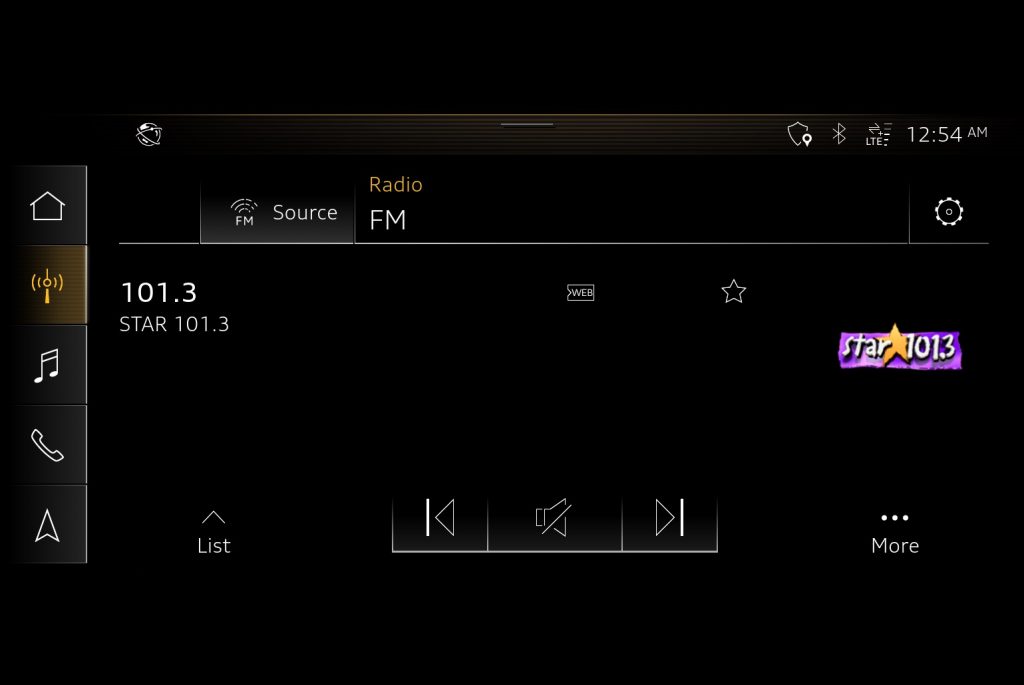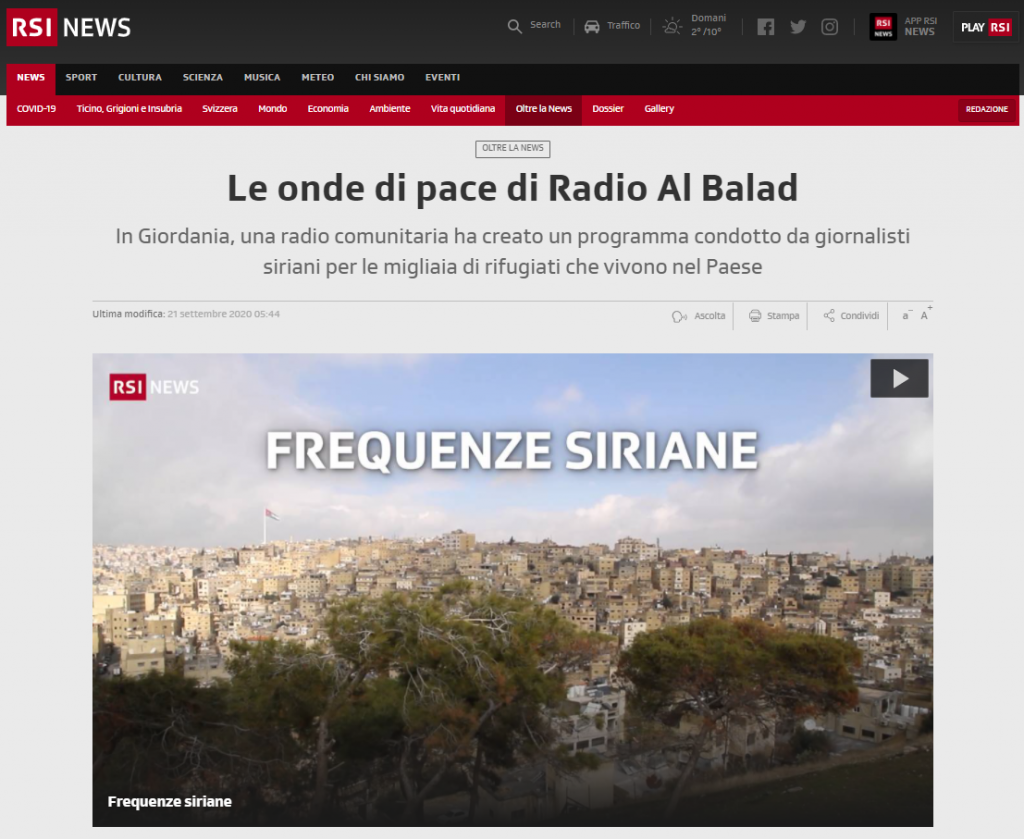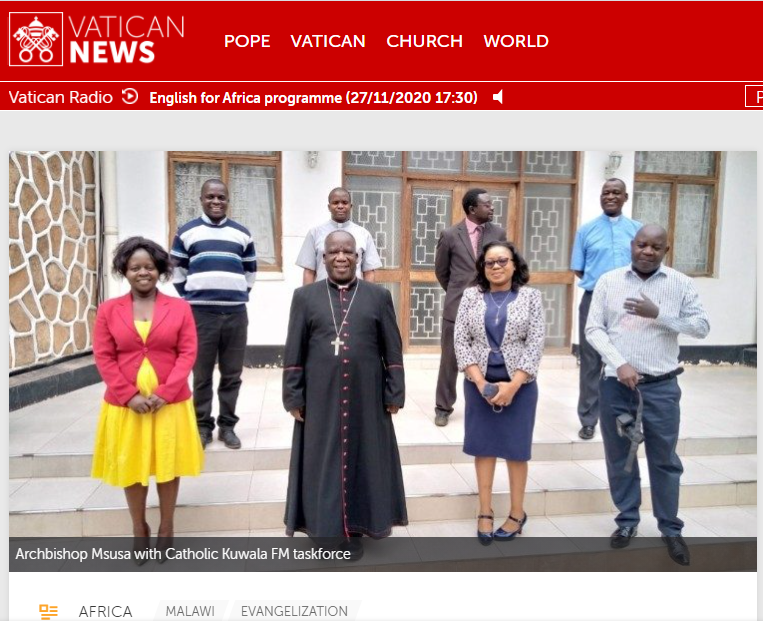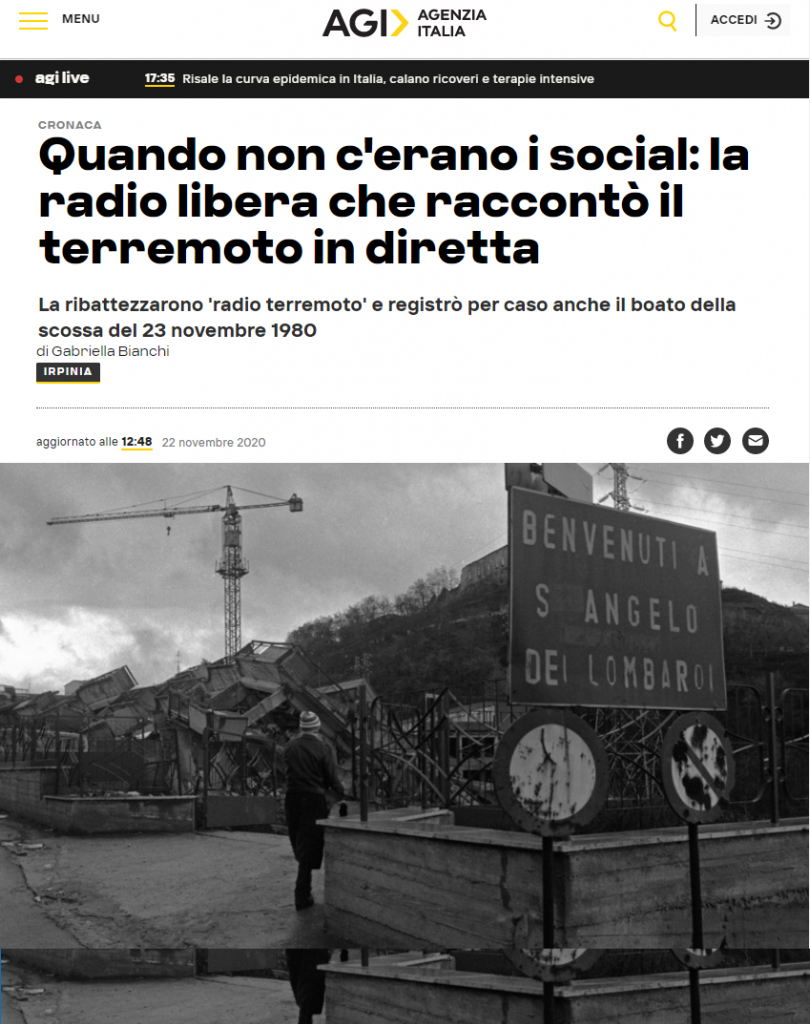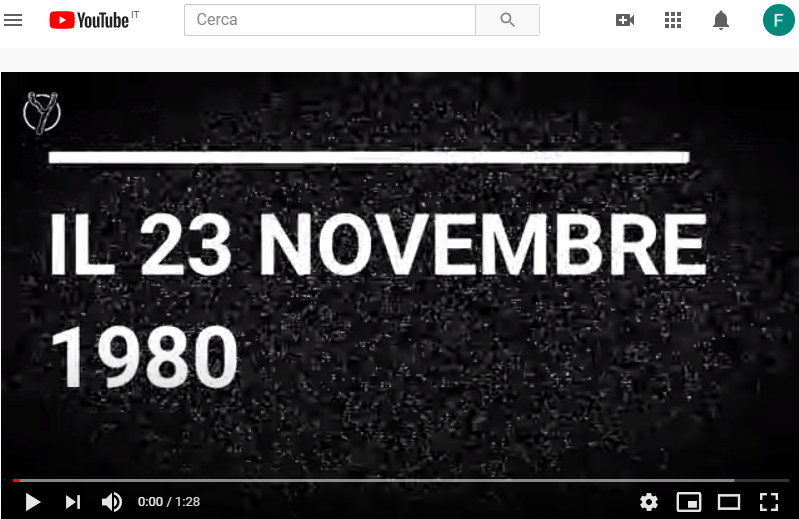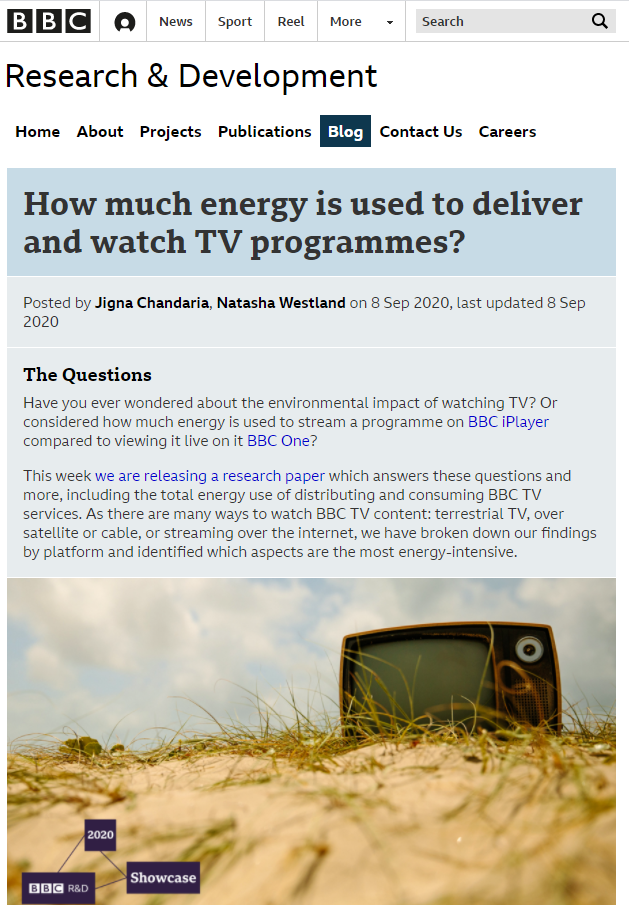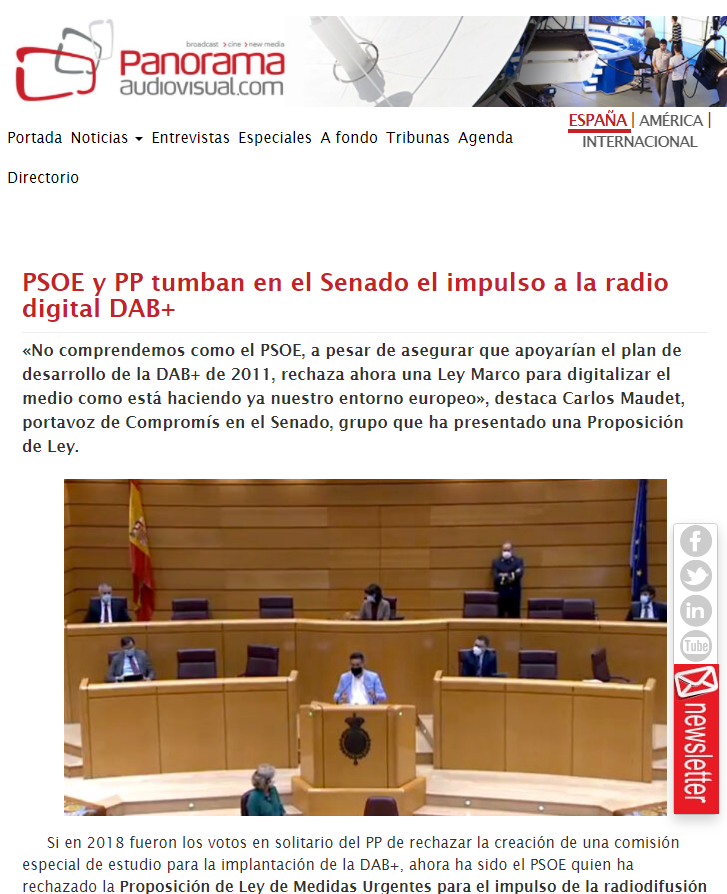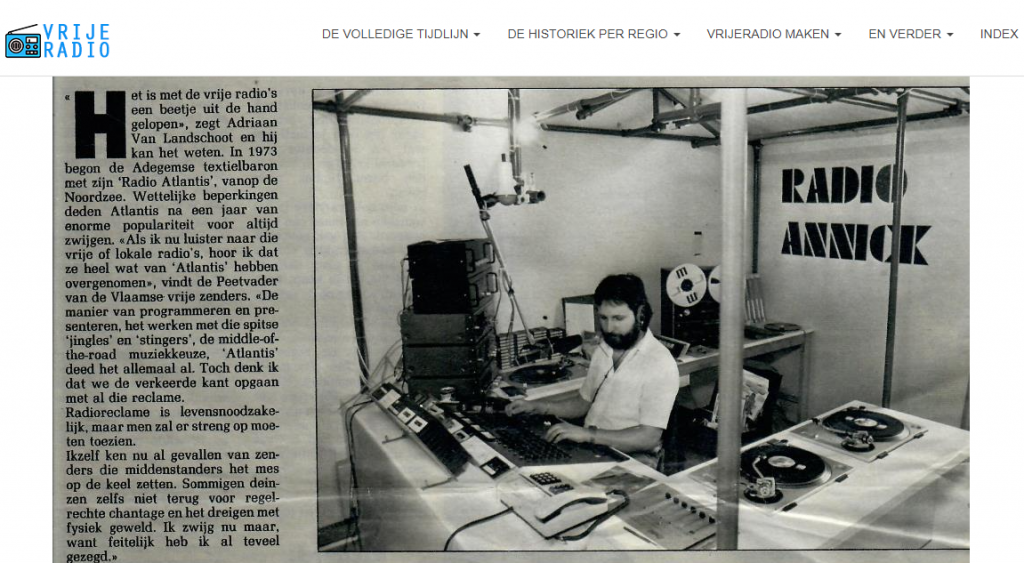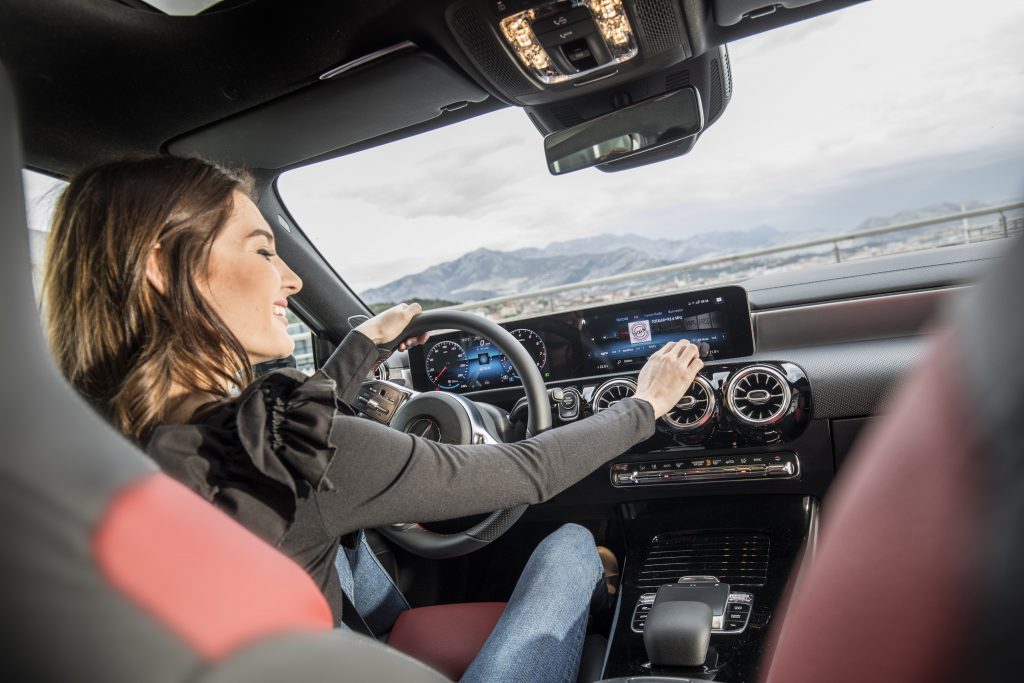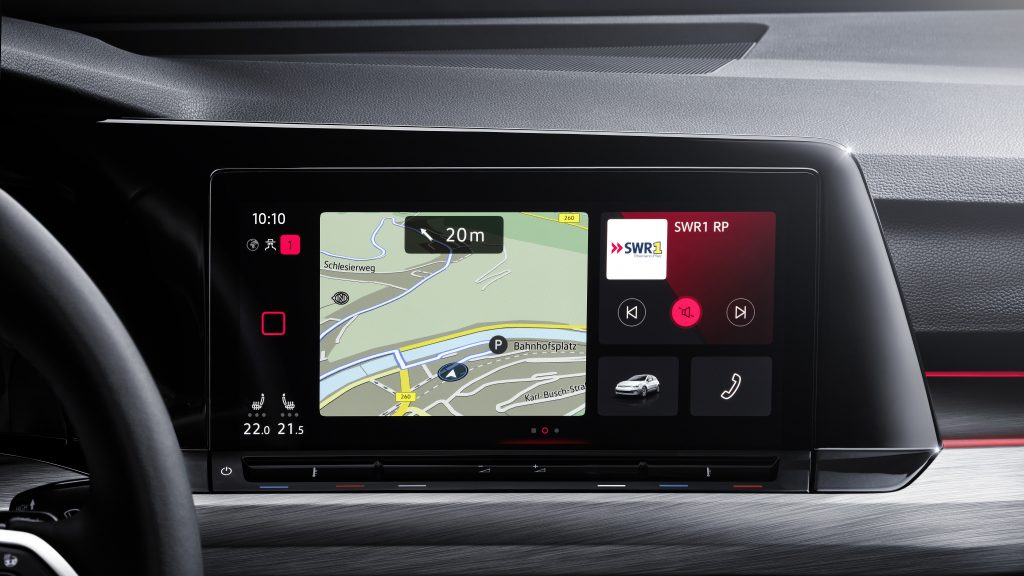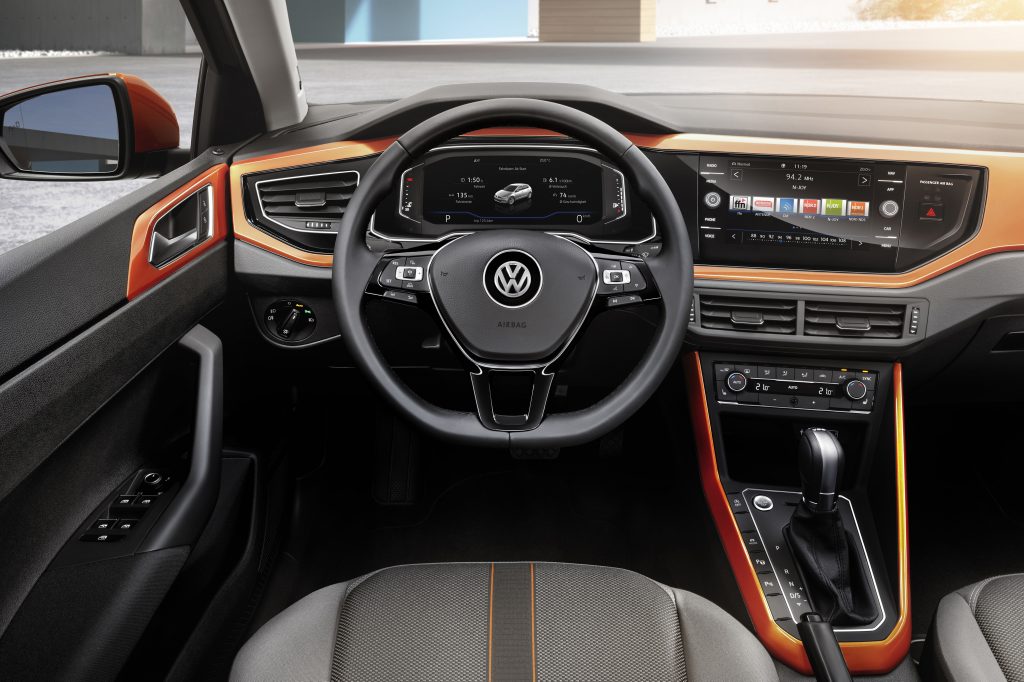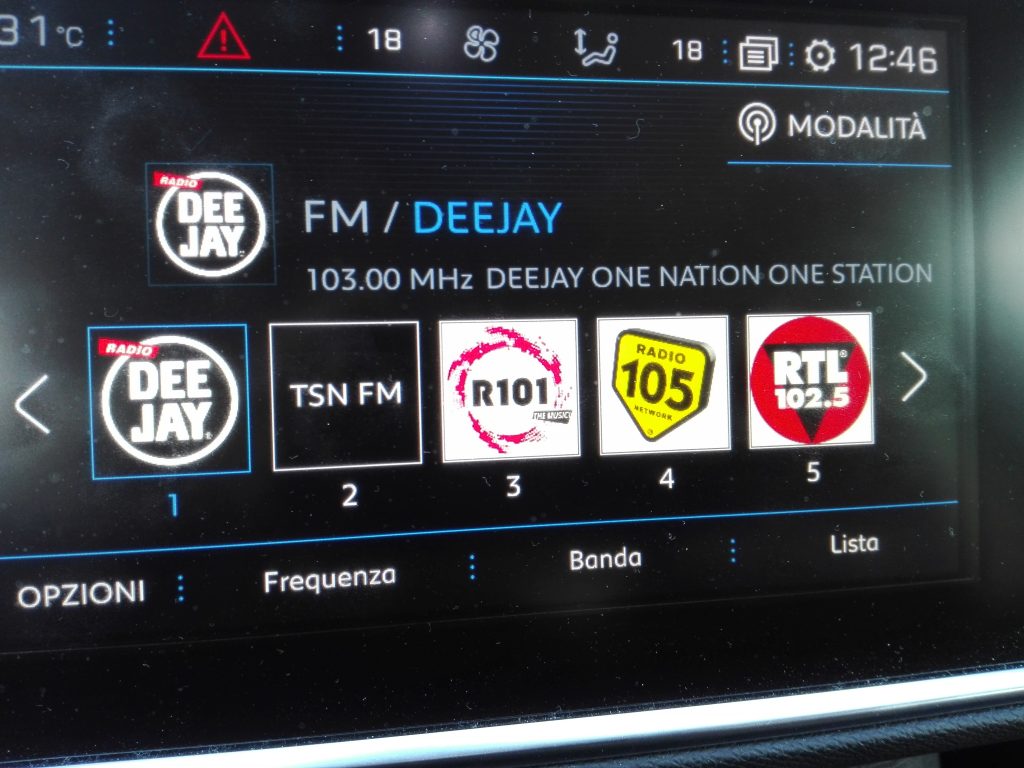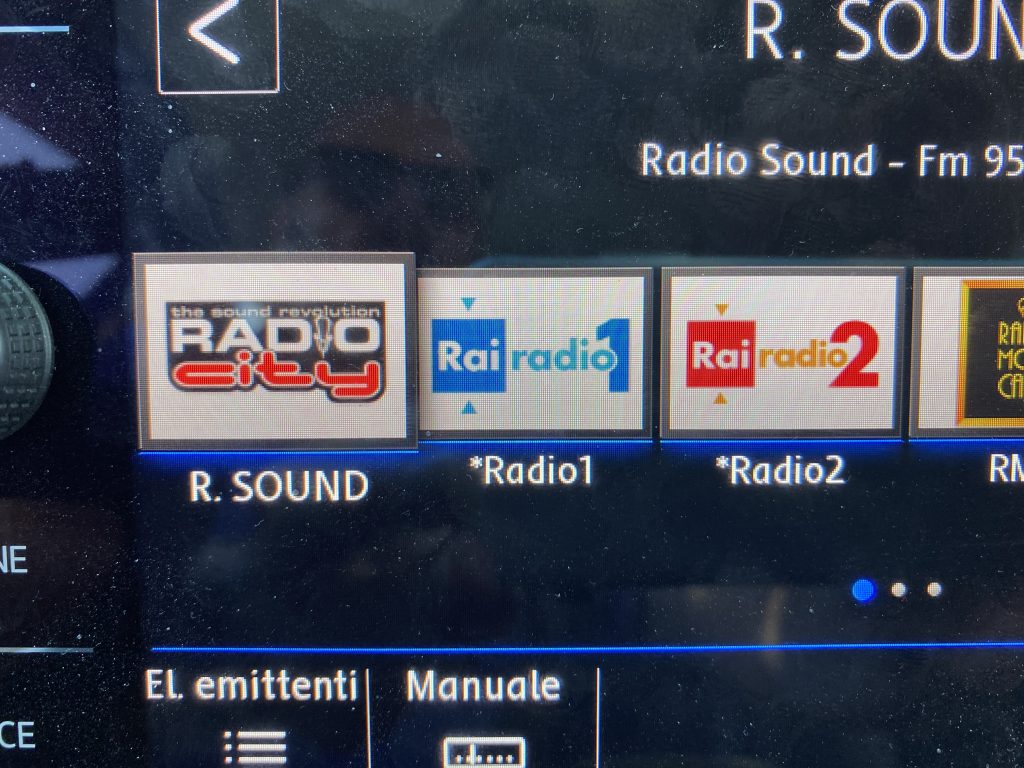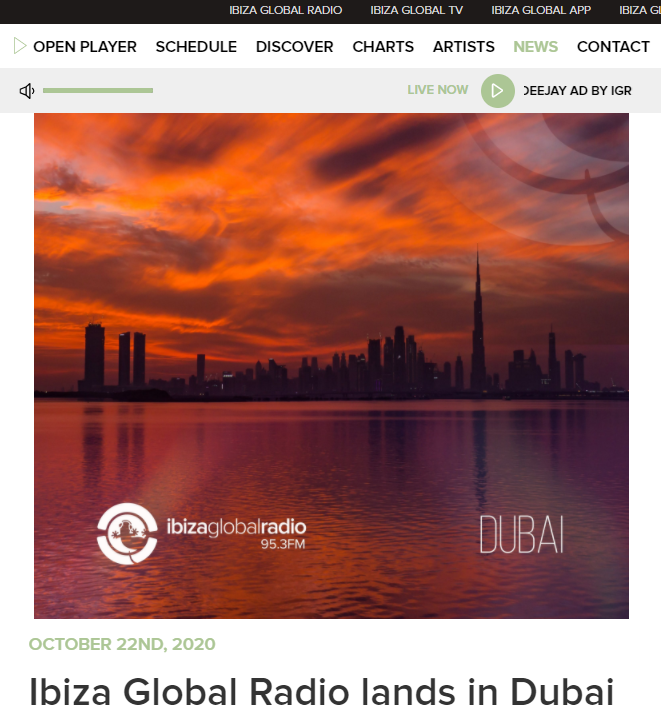
RTVS, radio and television of Slovakia (Rozhlas a televízia Slovenska) has accounts in the red. In the last ten years, attempts have been made several times to adjust the canon to make up for it, but they have always failed. The last one was in 2016, when the Minister of Culture proposed to raise it to 7 EUR (about 50% more). Today citizens pay 4.64 EUR per month, pensioners 2.32 EUR, rates set 17 years ago. The current proposal (to go up to 8.5 EUR, 83% more) will have a long and difficult path: to be approved, it will have to pass the inter-ministerial evaluation, reach the Council of Ministers and finally be voted by Parliament. More details here
There is also controversy in Germany
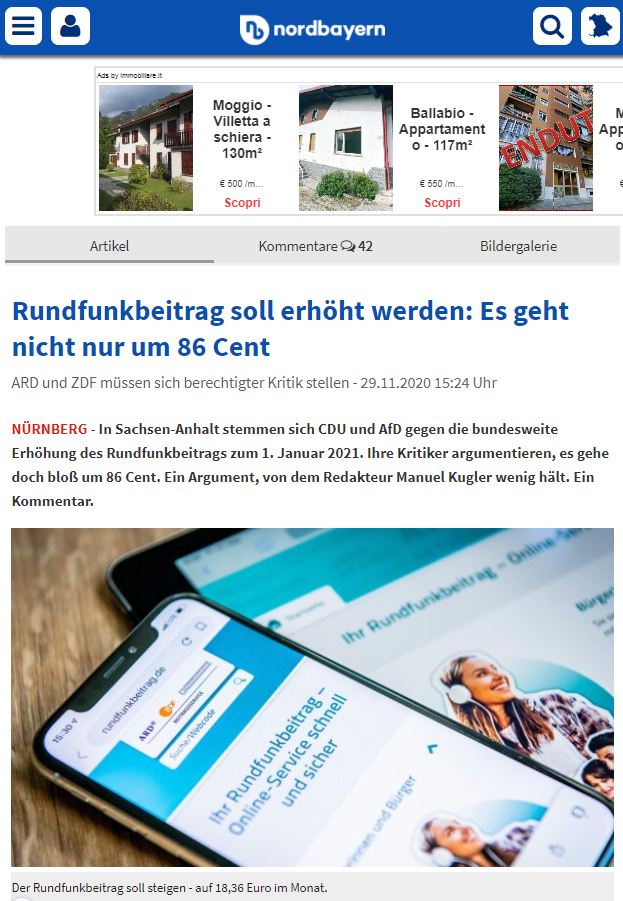
Source
When you touch up a concession fee it is never roses and flowers. In Germany in 2022 the increase will only be 86 Cents per month, but in Saxony there is resistance from the Christian Democratic Union (CDU) and the Eurosceptic nationalists of AFD (Alternative für Deutschland). The newspaper Nordbayern warns of the possible convergence between the two political forces to block the increase; an approach defined as “typically East German”. But Nordbayern is also critical of those who minimize it by saying that the figure is modest, because in both cases the management of public service is not questioned. This is something to be said about, because during the pandemic (according to a study conducted by researchers at the University of Passau) the ARD and ZDF networks with their special programmes created a climate of permanent threat without sufficiently questioning the measures taken by the government.
The situation in other European countries

Source
In Italy, according to a study by Anci (Association of Italian Municipalities) conducted in 2011, the radio and television fee was the most hated tax: it was evaded by 25% of the population. To avoid it, in 2016 the Renzi government reduced it from 116.50 to 90 EUR per year and linked the payment to the electricity bill. In France the annual fee is 139 EUR, but advertising has been abolished from the public networks. In the United Kingdom, on the other hand, the fee is £157.50 (173.50 EUR), and if you use a black and white TV set, reduced to £53. In Spain the tax was abolished in 2010, but according to a study by the University of Santiago de Compostela, it costs citizens 98.80 EUR in fees. More details and rates from other European countries can be found in the article published by AGI Agenzia Giornalistica Italia. Curious also the case of Austria: the amount is not uniform, but between 41.86 EUR in Oberösterreich / Vorarlberg and 53.46 EUR in Steiermark.

